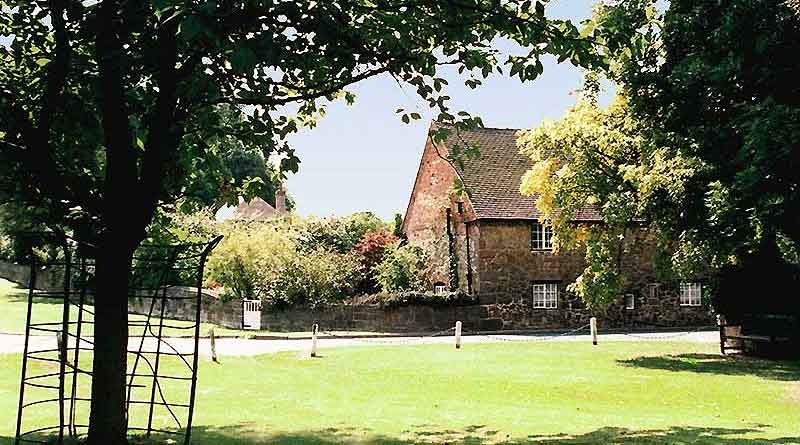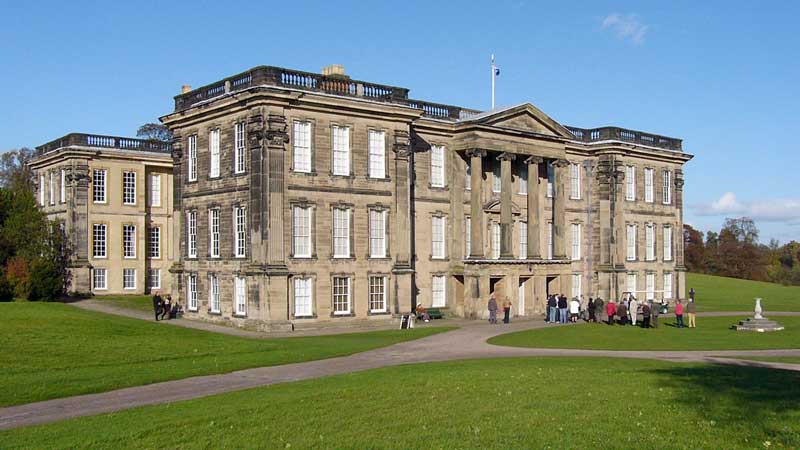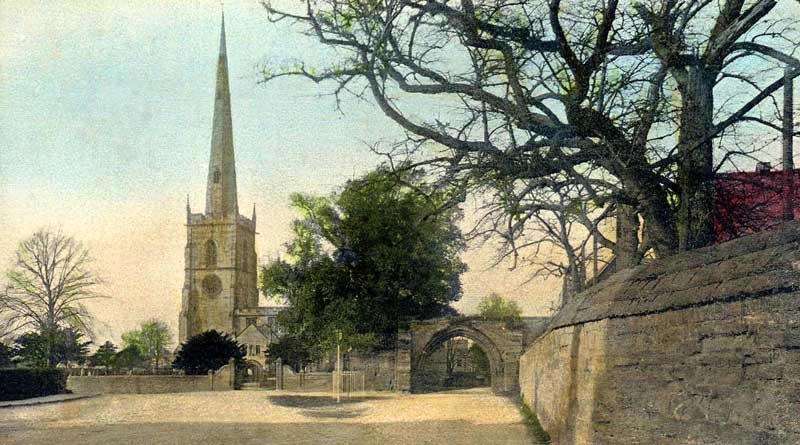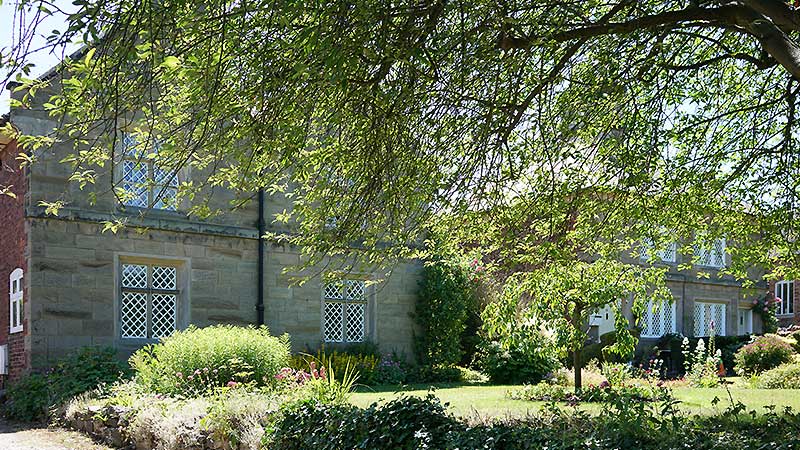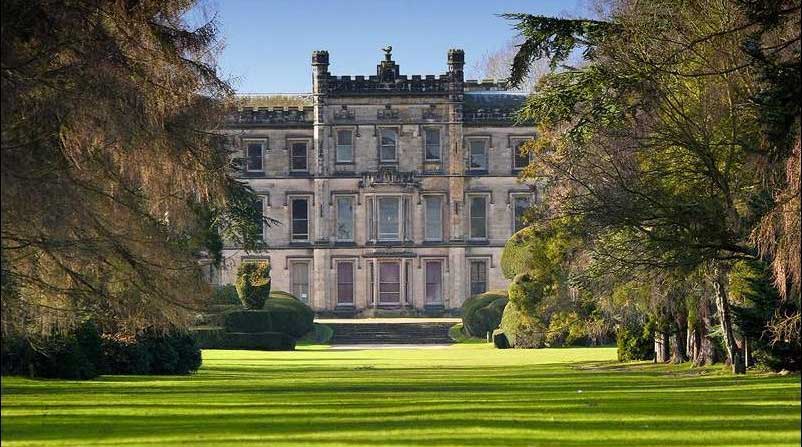-
/
Nestling in its own grounds at the heart of the village, Ticknall Village Hall is a popular meeting place for local groups and societies within the village community. The building, or parts of it, can be booked for private events. It is a popular venue for celebration lunches, parties and wedding receptions, all benefitting from…
-
/
With a population of just 612 (2021), the parish of Ticknall is situated in the heart of England, just south of the River Trent, 9 miles from the city of Derby and is widely regarded as southern Derbyshire’s most attractive village. It is perhaps best known today for Calke Abbey which is the second-largest stately…
-
/
We folks who live in and around the parish of Ticknall (well, most of us, anyway) have a rough idea where Ticknall Village is, but if you are not from the area, then this map should help you to place us. Looking for Calke Abbey? From the centre of Ticknall village, it’s right a bit…
-
/
Who lived at Calke Abbey? Were they Harpurs, Crewes, or Harpur-Crewes? The truth is, they all did. Over almost 300 years, from 1622 when Mr Henry Harpur Esq., third son of Sir John Harpur of Swarkestone Hall moved to Calke House, or Caulk Hall (it wasn’t only the Harpur Crewe family who changed) they used…
-
/
Around the village of Ticknall, we are blessed with the finest walking country in South Derbyshire. Lots of walkers visit the area to search out Ticknall walks to learn about the history and topography of this fascinating area south of the River Trent, especially In the summer months. In 2021 I started leading walks that…
-
/
St Wystan’s parish church in Repton is a great survivor. Having seen the destruction of the monastery in the Viking raid of 873/4 and suffered serious damage itself, St Wystan’s recovered to be adopted by the Medieval Priory (founded for the Canons at Calke) as the church for the local community and outlasted its dissolution…
-
/
Midway along Main Street in Ticknall is the understated entrance to Calke Abbey, one of the National Trust’s most popular properties. A scenic drive down the avenue of limes will bring you into the Park and, after maybe seeing sheep and long-horned cattle, the house will come into view. Calke Abbey has been dubbed by…
-
/
The Trail starts from the car park at Ticknall Village Hall [35]. The Village Hall was built in 1992 and is, with its gardens, a credit to such a small village. It may be convenient to break the walk into two parts or to cut it short where indicated along the road to Ashby de…
-
/
Elvaston Castle Country Park is a 315-acre estate which contains a Grade II* listed House and Gardens and a designated Local Nature Reserve (LNR). The LNR and the Parkland are also recognised Nature Conservation Areas, visited by hundreds of thousands of people for health, recreation and fitness annually. There are archaeological remains going back through…
-
/
For readers who have never had the opportunity to visit Ticknall, Patrick Leach has made a video which gives a taste of Ticknall parish and surrounding areas. The video has a running time of 20 minutes and includes visits to Swarkestone, Foremarke and Staunton reservoirs and Calke Park as well as some local walks. On…
-
/
Like many properties rescued by the Landmark Trust, Knowle Hill is a fragment, an intriguing memory of something once larger and finer. The fragment here is not just of a building, but also of a most interesting garden. Historical and archaeological research shows that in the two converging valleys which make up Knowle Hill we…
Locality

Items here about how we are situated in South Derbyshire and interesting features of the local area.


